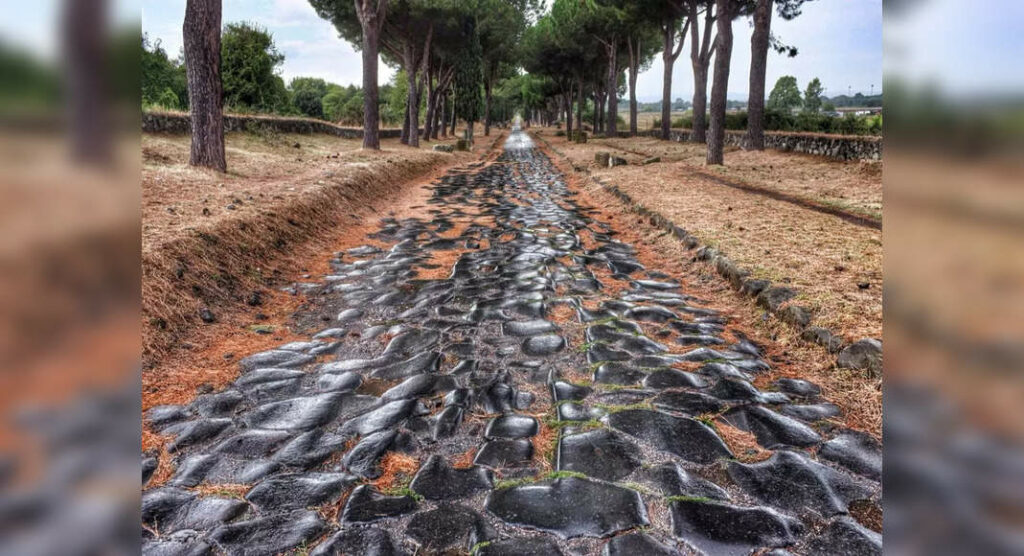The Appian Way, also famous as the Regina Viarum or Queen of Roads, has been officially added to UNESCO’s World Heritage list. This historic route is known as Rome’s first highway and is now celebrated for its immense cultural and historical significance.
It was constructed in 312 BC under the direction of Appius Claudius Caecus, a Roman censor. The Appian Way initially served as a crucial military road connecting Rome to Brindisi in southeastern Italy. Over time, it evolved into a major artery for commerce, culture, and communication across the Roman Empire.
Read more: 15 Recently Added UNESCO World Heritage Sites In 2024
The addition of the Appian Way to UNESCO’s list marks Italy’s 60th site recognized by the UN’s cultural agency. This prestigious designation acknowledges the road’s profound impact on the development of infrastructure and its role in fostering cultural and social exchanges throughout the Mediterranean and beyond.
10 most affordable Asian countries with estimated daily budgets
FacebookTwitterPintrest
Culture Minister Gennaro Sangiuliano praised the decision, highlighting the road’s exceptional engineering and its importance in historical trade and cultural interactions. The recognition underscores the enduring legacy of the Appian Way, reflecting its universal value as a monumental feat of Roman engineering and a vital conduit for historical connections.
The announcement, made on the social media platform X, celebrates the Appian Way not only as a remarkable piece of history but also as a cherished modern tourist attraction. Its designation as a World Heritage site ensures that its historical and cultural significance will continue to be preserved and appreciated for future generations.
More about the Appian Way
Stretching over 350 miles, the Appian Way was renowned for its durability and strategic importance. Its well-engineered paving stones and strategic construction showcased Roman ingenuity in infrastructure, laying the groundwork for future road-building techniques.
Over the centuries, it became a crucial artery for economic and cultural exchange, linking Rome with the broader Mediterranean world. This vital road facilitated the movement of troops, goods, and people across the Roman Empire, significantly enhancing trade and communication.
Read more: 8 Indian Destinations That Look Like Heaven On Earth During Monsoons
Today, the Appian Way stands as a living example of Rome’s engineering prowess and historical impact. Recognized as a UNESCO World Heritage site, it continues to attract visitors who marvel at its historical significance and well-preserved remnants, offering a glimpse into the grandeur of ancient Rome.
>>> Read full article>>>
Copyright for syndicated content belongs to the linked Source : Time Of India Travel – https://timesofindia.indiatimes.com/travel/travel-news/romes-appian-way-or-queen-of-roads-gets-unesco-world-heritage-status/articleshow/112085131.cms
